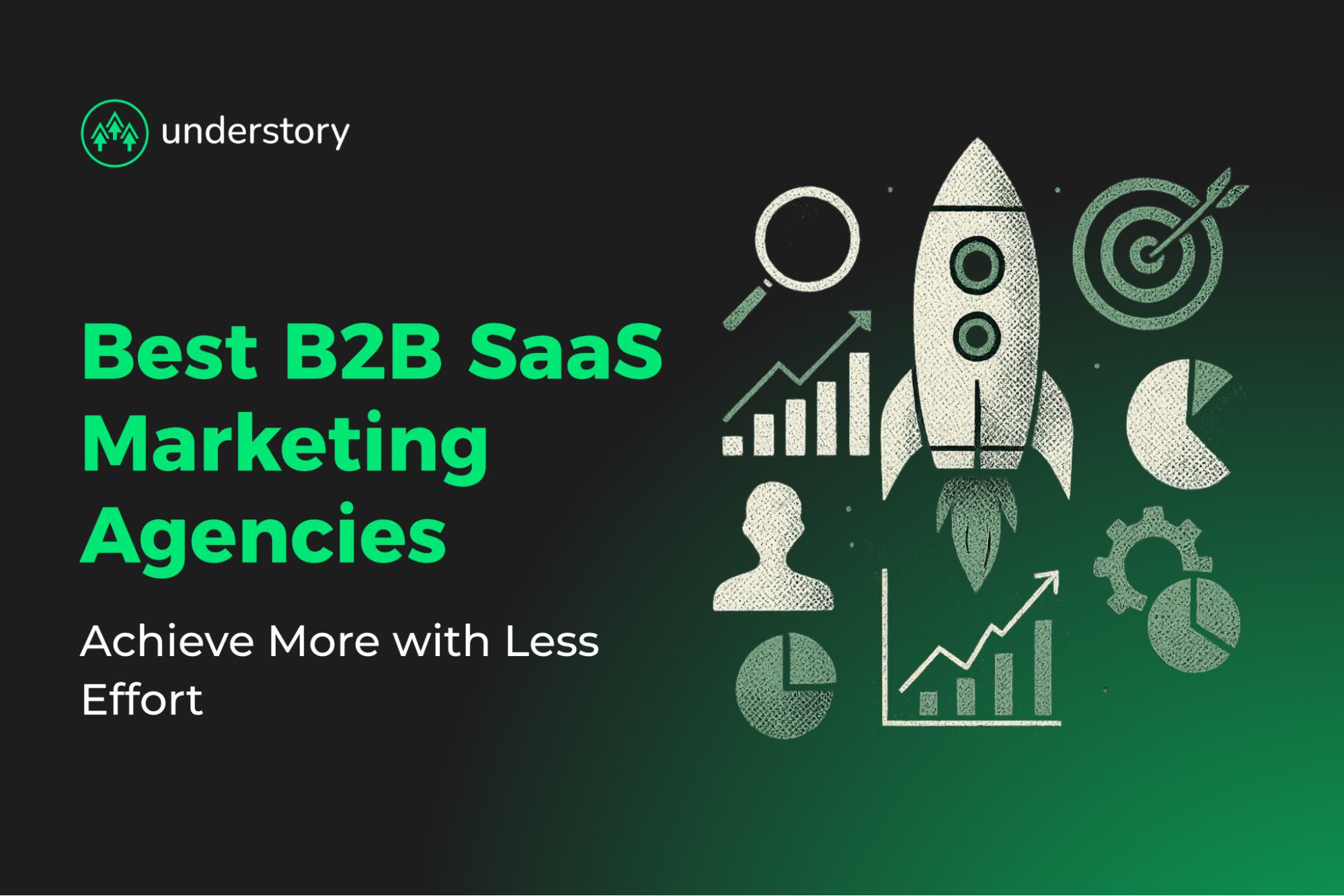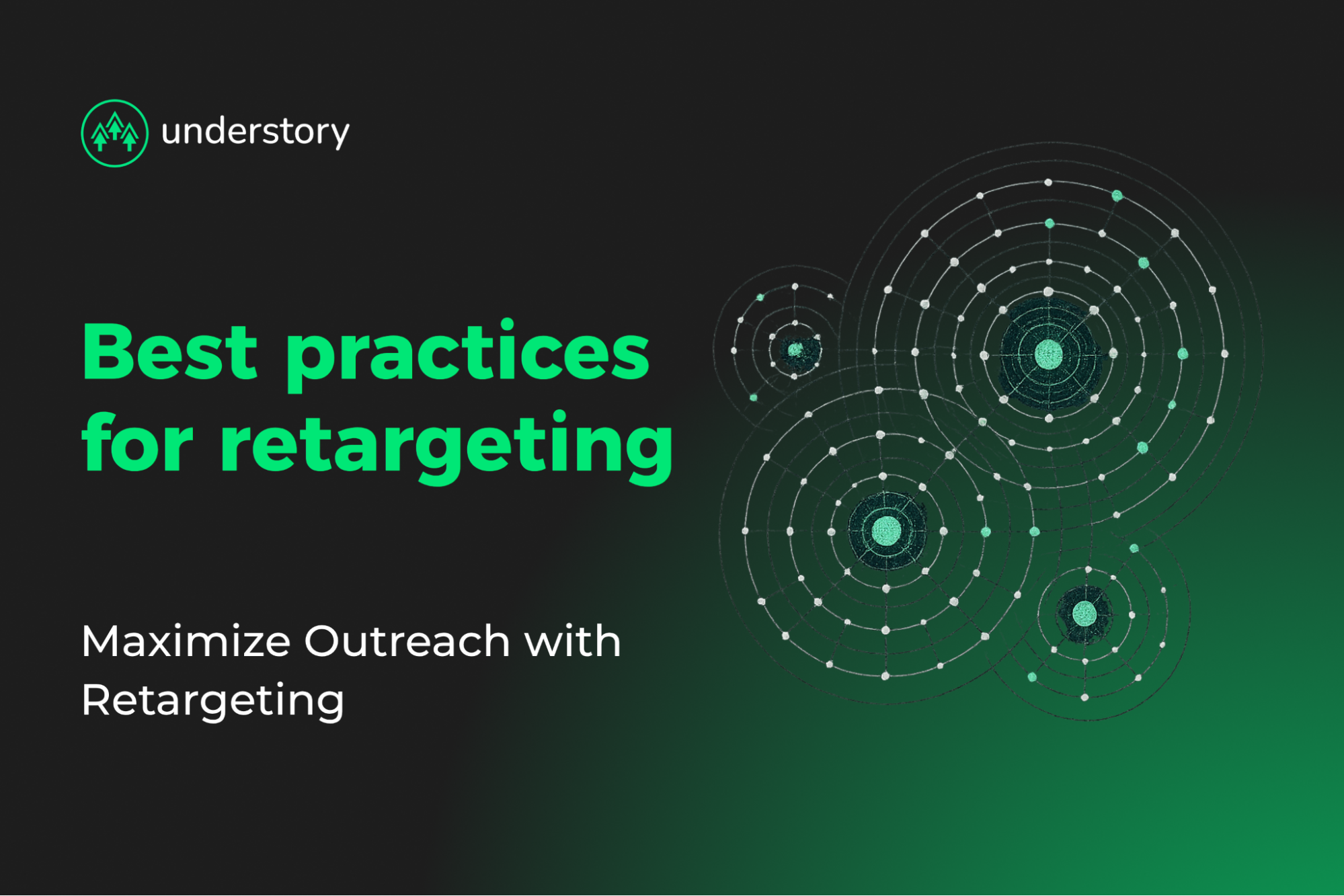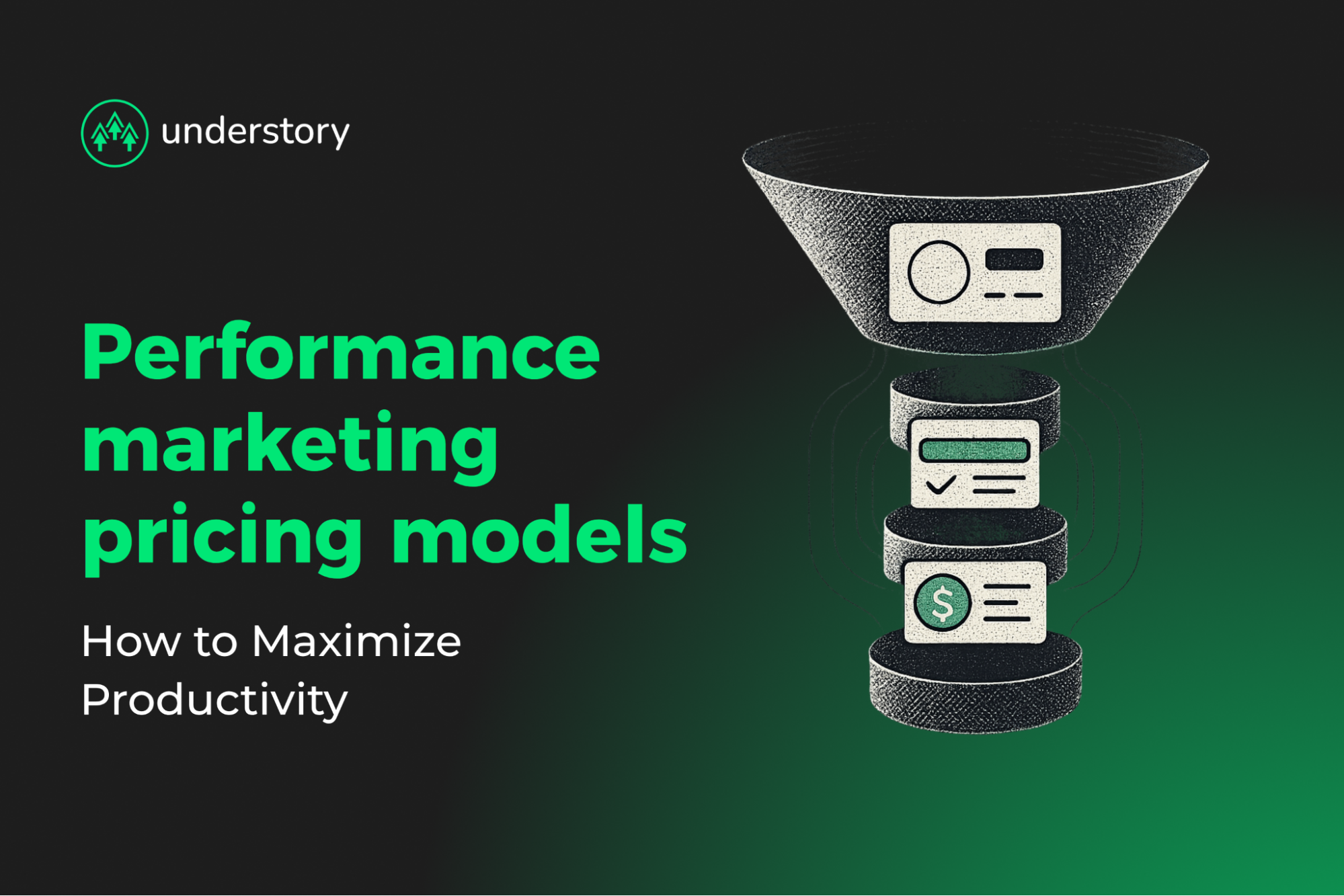

How to Differentiate Your Product from Competitors
Stand out with strategic product positioning strategies.
High quality features or services alone are not enough for a product to stand out. When faced with a variety of similar products, buyers choose solutions that show how they solve pressing problems and provide a unique value compared to the alternatives.
Differentiation is all about identifying what truly sets your product apart, positioning it against competitors, and communicating that value consistently. This guide breaks down practical steps to make your product unmistakable and give customers a clear reason to choose you.
Step 1: Map your market & competitors
Market mapping identifies profitable positioning opportunities and clarifies specific differentiation angles to stand out from competitors.
Start with the full competitor landscape. In addition to other products, consider workarounds prospects already use, like spreadsheets, email tools, or custom scripts. These hidden alternatives often pose the biggest threat because they are a prospect's comfortable solution to their core problems.
Build an ongoing competitor research process to serve as your differentiation foundation:
- Track products to monitor positioning shifts
- Research tech stacks and integrations through web analysis tools
- Audit feature sets, pricing, and messaging systematically
- Document screenshots, tiered offerings, headline claims, and review sentiment patterns
Use quadrant mapping to visualize the landscape. Plot competitors through key metrics, comparing customer satisfaction versus market presence (web traffic or funding levels). This highlights "High Performer" challengers who delight users but lack market share, and reveals empty quadrants where your product can claim strong positions. Also identify friction points, like slow support or broken integrations, as product differentiation opportunities.
Compile insights into a working document:
- Feature gaps to exploit
- Pricing thresholds to undercut or premium-position above
- Messaging angles competitors neglect
Update this research quarterly since markets can evolve faster than roadmaps. This research serves as the basis to create your Unique Value Proposition.
Step 2: Craft a clear unique value proposition (UVP)
A Unique Value Proposition (UVP) is a clear statement that explains who you serve, what problem you solve, and why customers should choose you over alternatives. It's the single sentence that makes your product's value immediately obvious to prospects.
If prospects can't explain in one sentence why your product exists, you haven't earned their attention. A strong UVP clearly states who you serve, the pain you solve, the outcome you deliver, and why alternatives fall short. In crowded markets, a sharp UVP improves conversion and retention.
Build your UVP with four components
Every effective value proposition answers these questions:
- Who: Your ideal customer profile
- Pain: The specific problem they face
- Outcome: The measurable result you deliver
- Proof: Why you succeed where alternatives fail
Structure your UVP as: "For [who] struggling with [pain], we deliver [outcome] because [proof]."
A strong example for a project management platform might be: "Replace all your apps and double your productivity." This clearly states the outcome (productivity gain) and implies the alternative (multiple disconnected tools) without explaining technical features.
Write for outcomes, not features
Write from your customer's perspective. Remove industry jargon until a distracted CFO can understand your value in one read.
Strip away technical jargon. "Powered by AI" describes how your product works. "Answers support tickets 3× faster" describes what buyers get.
Maintain a translation list converting every feature into a customer outcome. If you can't articulate the business impact, the feature doesn't belong in your UVP.
Add customer proof immediately
Pull quantified results from G2 reviews or customer testimonials. Attach these directly to your UVP draft: "Cut our reporting time by 60%" or "Reduced vendor management by 12 hours per week." This builds instant credibility without overselling.
Test your UVP before rolling it out
Run A/B experiments with two headline variants on your homepage or in discovery call decks. Track conversion rates and objection frequency. Conversion lift or smoother sales conversations signal resonance. Log every win and loss in your CRM.
Treat your UVP as living documentation. Update it as you validate what actually wins deals, not what you hope will work.
Step 3: Differentiate through product, price & experience
Winning in a crowded category rarely comes from stacking or over emphasizing features. Pick one primary differentiation topic and reinforce it with a single supporting message. Chasing every angle muddies your story and invites unsustainable price wars.
Feature & performance differentiation
Lead with measurable superiority. Speed, AI automation, and deep integrations matter only if they change outcomes for your ideal customer. Publish benchmark data to make performance tangible.
Avoid the feature fallacy. Every capability must solve real customer pain. Anchor releases to outcomes, such as "reduce onboarding time by 60%", rather than internal improvements. Let proof of results drive adoption and reinforce your leadership position.
Pricing & packaging differentiation
When parity exists on product features, price becomes the primary differentiation lever. Usage-based, value-based, freemium, and modular add-ons reframe cost-to-value ratios without slashing your list price. Align pricing to the outcome you deliver.
Dynamic pricing, launch discounts, and transparent unit economics validate demand and build trust. Each plan should headline the metric your ICP cares about so prospects self-select, sales cycles shorten, and margins stay intact.
Service & brand experience differentiation
Not all moats are coded. Exceptional onboarding, community, and brand ethos forge emotional bonds competitors can't copy. Fast onboarding, vibrant user forums, and strong ethical positioning build loyalty and advocacy, stacking micro-moments into long-term growth.
Coordinate touchpoints across paid media management, outbound campaigns, and in-app channels to create a seamless narrative. A strong brand experience also scales product-led growth, turning daily usage into delight that paid acquisition can't replicate.
A simple rule of thumb: pick one primary differentiation lever and one supporting lever. If your lead is white-glove service, let pricing or product enhancements complement it. Focused differentiation sharpens messaging, drives adoption, and keeps your pipeline predictable.
Step 4: Translate differentiation into unified messaging
Product differentiation only works when every touchpoint reinforces the same core promise. Focused positioning requires naming your segment in every headline. Broader strategies need universally resonant language that consistently communicates your benefit. Consistent messaging builds buyer confidence across all channels.
Run this checklist before any campaign launches:
- Homepage H1: Distilled UVP + single, measurable benefit (e.g., "Ship releases 30% faster with AI-driven QA")
- Proof Bar: Customer logos, quantified testimonials, security badges
- Visual Motif & Headline Hierarchy: Consistent color palette, hero graphics, and typography across web, ads, and decks
- Ad Copy: Identical power verb + benefit phrase within the first 70 characters
- Sales Deck Opener: Repeat homepage H1
This consistency builds buyer confidence and accelerates decision-making.
Map the entire customer journey to catch hidden touchpoints where messaging may drift. Minor inconsistencies invite copy-cat parity, so document and audit rigorously.
If your MQL-to-SQL conversion is low, run a two-hour message-market-fit workshop. Align marketing, product, and sales on three slides: ICP pains, UVP wording, and evidence cadence.
Focus on nuanced messaging to refine based on the platform. LinkedIn favors punchy problem statements. Long-form content can unpack technical details. The core promise stays identical across all channels. Document these tactics in a one-pager every team can reference and revisit quarterly alongside your competitive re-audit.
When messaging coordinates this precisely, each touchpoint reinforces the last, shortening sales cycles and defending the product differentiation you built.
Step 5: Validate, test & iterate
Launching your differentiated positioning is just the start. You need proof it works. Treat product differentiation as a continuous cycle. Keeping this wheel spinning turns a moment of differentiation into a durable moat.
Start with clear baseline metrics and monitor regularly:
- Activation Rate: First key action completed in-app
- NPS: Segmented by the differentiator you led with
- Win/Loss Reason Codes: Entered by sellers in the CRM
Experiment constantly. Rotate two headline variants of your UVP on the homepage or in discovery call decks for at least one week. Split traffic 50/50 and declare a winner only at approximately 95% confidence. Even a 5% lift in conversion is worth locking in, then immediately test the next variation. Compounding small wins beats untested, stagnant headlines.
Measure feature-level impact. Cohort analysis, usage heatmaps, and churn dashboards reveal which capabilities truly increase retention and which fall to "novelty fatigue."
Layer in qualitative feedback. Schedule five quick Zoom calls monthly with customers who rate your differentiator a "10" and five who rate it "6 or below." Ask:
- What result did you expect?
- Where did we exceed or miss?
- What would make that outcome unmistakable?
Patterns here sharpen your next release. Stay competitive by running a quarterly re-audit of competitors' pricing, integrations, and messaging. Continuous competitor intelligence ensures your product differentiation remains distinct without drowning in data.
Post weekly experiment results and NPS changes in a shared Slack channel for Product, Marketing, and Sales. Visibility makes iteration reflexive, not optional.
By building this feedback process, every release, price tweak, or brand touchpoint pushes your product further from "one of many" to "the only one worth choosing."
Coordinate your product differentiation with Understory
Product differentiation works best when messaging across marketing channels is cohesive. Executing differentiated messaging across paid media, outbound, and creative without coordination overhead can demand significant time or juggling coordination between multiple specialists.
Understory specializes in coordinating strategic paid media management with expert-led go-to-marketing campaigns and professional creative assets that reinforce your unique value across every touchpoint. This eliminates the complexity of managing multiple agencies while unified reporting shows how paid engagement, outbound efforts, and creative assets work together to move deals through your pipeline.
Schedule a demo with Understory to see how coordinated paid media and outbound execution can highlight your unique value for customers.




